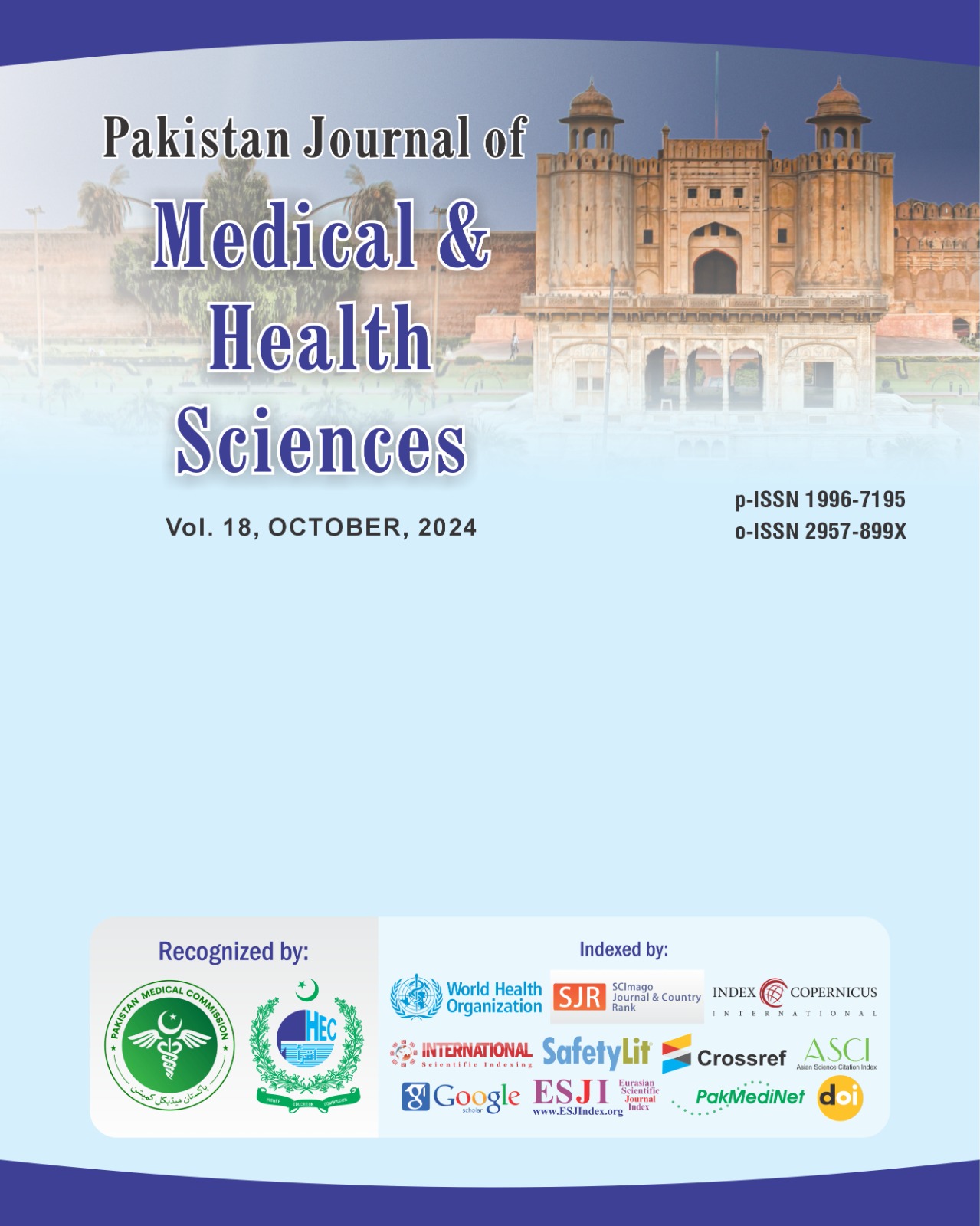Operational Barriers to the performance of Lady Health Workers in District Hangu Khyber Pakhtunkhwa, Pakistan
DOI:
https://doi.org/10.53350/pjmhs0202418107Abstract
Background: The lady health workers (LHWs) are key players in saving the life of mother and child. They are the integral part of immunization program along with promotion of reproductive health of childbearing mothers. However, their services are significantly affected by multiple factors and all these are contextualized, hence needed to be addressed for proper planning. This research aims to determine the operational barriers impending the smooth running of LHWs program in district Hangu.
Methods: This was cross sectional study based on questionnaire as tool for data collection. A total of 136 LHWs were being part of this study and the selection of the subject was based on Census approach. All LHWs working in national program in district Hangu have completed their training and been in the field for at least one year. Data was entered in MS excel and transformed to SPSS Version-24 for analysis. Descriptive analysis was performed for all variables and presented in term of mean, frequency and percentages.
Results: Total 136 (mean age was 37.26±10.2 years) lady health workers took part in the study having a mean experience of 5±10 years. Majority (73%) were having monthly income less than 50000 rupees. Out of them 51.85% of LHWs faced social and end community barriers to their work efficiency, 14.1% had personal barriers influencing their work, 14.8% with organizational obstacles and 19.25% had operational barriers.
Conclusion: The study's conclusions is that LHW face enormous challenges in the field, organization and in personal life, which have a negative impact on their work efficiency, these barriers, are affecting the indicators of program and result in failure to achieve national objectives of improved primary health.
Keywords: Barriers, Lady Health worker, Primery Health care, Vertical Programs.



